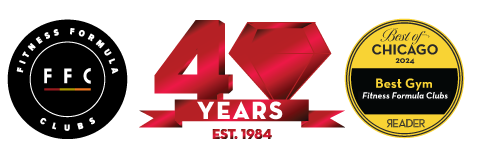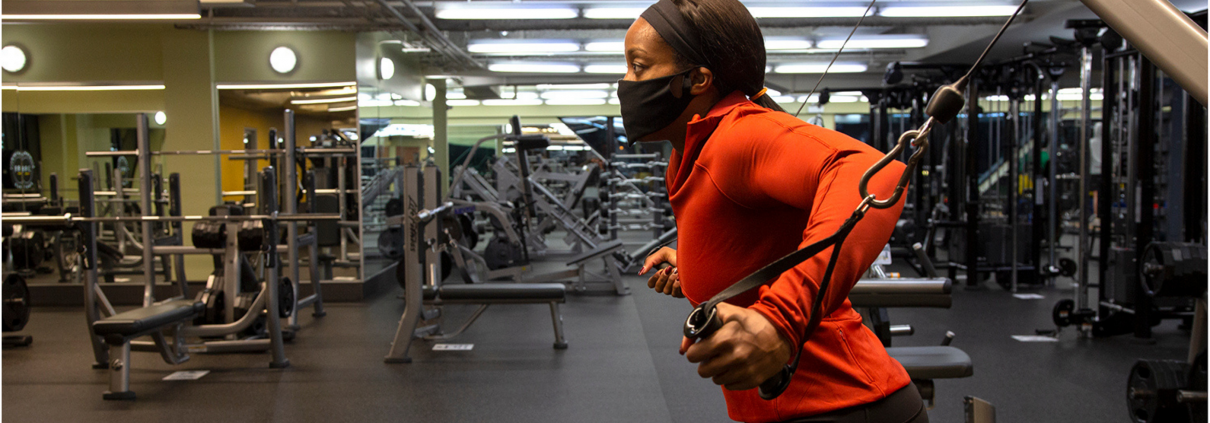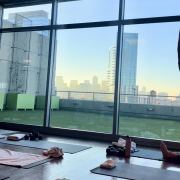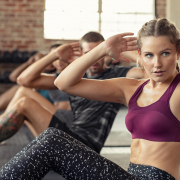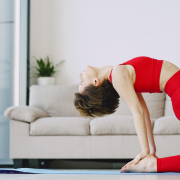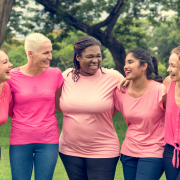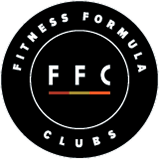Mask Required: Which Face Mask Is Best For Your Workout?
Welcome to our “new normal.” Nowadays if you want to return to your favorite gym/health club for a workout, wearing a mask is most likely an essential accessory. “That sounds awful!” you say? Well, I am here to tell you it’s actually not that bad.
First, for anyone in good health with no underlying health concerns that might make wearing a mask exceptionally difficult, wearing a standard cloth or disposable mask (we are not talking about hospital grade PPE) while exercising is not harmful. The American Lung Association, CDC and the World Health Organization (just to name a few) have stated that the use of surgical face masks does not result in dangerous oxygen level depletion. Recently, Dr. Maitiu O. Tuathail, a doctor based in Dublin, conducted his own test in response to the repeated queries he received on his Twitter account as to whether masks affect oxygen levels. His results? They did not show a lowering of oxygen levels.
So, now that we have gotten that out of the way, let’s get to what you really want to hear: “Are you sure it’s not that bad to workout in a mask?” Yes, I believe so. In fact, I feel I have become somewhat of a mask wearing/exercising expert and I want to share a few tips.
1. Take it slow
Just like anything else, when you are not conditioned (or trained), exercise is always harder at first. Have you ever run (or known anyone who ran) a marathon? If the answer is yes, I am sure you didn’t register for the race and run 26.2 miles the next day, especially without any training. Well I can say the same for wearing a mask. Take it easy your first few workouts, exercise for a shorter duration and with less intensity. Just like in marathon training, when a 10-mile run suddenly seems “easy,” I promise that 45-minute Spin class won’t seem so bad either.

2. “I can’t breathe in a mask!”
Actually you can, and while it does feel a bit different as exercise intensity starts to rise (refer back to the beginning of this blog), you can in fact still BREATHE in a mask. Inhaling through your nose and exhaling through your mouth can limit that “feeling” of suffocation. In addition, if your mask fits your face properly and sits snug over the bridge of your nose, it is much less likely to press up against your face when you inhale.
3. Your face will be sweaty and it’s okay.
Obviously the lower half of your face is covered when wearing a mask, so it will feel warm (even hot) and sweaty. Your face sweats during a workout and normally the sweat would evaporate or you could towel it off. Since masks prevent you from doing that, your face will feel noticeably warm and “sweatier” than it did before, and it’s going to be okay. The feel is something you can definitely get used to after multiple wearings.
If you’re concerned about your complexion I asked expert Esthetician Julie Talbot from our FFC Oak Park Spa about your skin and wearing a mask. She had 4 basic tips to help minimize the potential for mask-induced breakouts:
- Wash your mask after every use. The bacteria and sweat from your skin and some facial products can cause you to break out.
- If you wash your mask with your laundry, skip the fabric softener in the washer or dryer. Whether you wash then line dry or elect to use the dryer for your mask, avoid using any fabric softeners. The waxy coating and fragrance are acne triggers.
- Make sure your mask fits well. The friction caused by excessive movement or rubbing can spur an irritation breakout.
- Clean your face as soon as possible after workouts or sweating. The sooner you remove that bacteria and oil, the less likely it will cause a breakout. Always remember to put on a clean mask afterward.
4. What type of mask works best?
There are many varieties of masks out there but I found a few you might want to steer clear of and a few I recommend.
Cotton masks: While cotton masks are readily available and can be purchased (or homemade) in a wide variety of colors and patterns, they are not my top pick for moderate to hard exercise (for light exercise like walking they work just fine). Cotton is breathable and absorbs sweat, but then the sweat just stays there. The fabric stays soaking wet and doesn’t get drawn away from your skin. This can become quite uncomfortable. Cotton is my last choice in a ‘workout’ mask.
Disposable masks: These are the blue/white masks you can purchase from most convenience, grocery and/or home supply stores. They are meant for single use, are inexpensive and easy to find. While they do not hold the sweat as close to the skin as a cotton mask, if you’re a particularly heavy sweater, they can become drenched and start to lose shape (all masks are much less effective when wet). Depending on the brand, they can be pinched at the bridge of the nose so they stay in place on a wide variety of faces and can be tossed out after your workout and replaced with a fresh one. They can feel slightly less warm than a cotton mask; this would be my second choice.
Moisture-wicking masks: Moisture-wicking masks are made from a wide variety of fabrics including blends of polyester, rayon, nylon, latex, bamboo, wool and spandex. The most important factor is that the material wicks moisture which draws sweat away from your face and promotes quick drying. These have a tendency to cost a bit more (anywhere from about $11-$30 per mask), however, if you want to be most comfortable while exercising and wearing your mask, a moisture wicking mask is the best option. A few brands I have used and found to be reasonably priced and perform well are: Boco Gear, Wattie Ink and Zensah. There are many more choices available, and I recommend you try a variety and see what works best for you.
So what are you waiting for? Get your mask and get back in the gym!

Post written by FFC Contributor and Group Fitness Manager Lara Mele.
